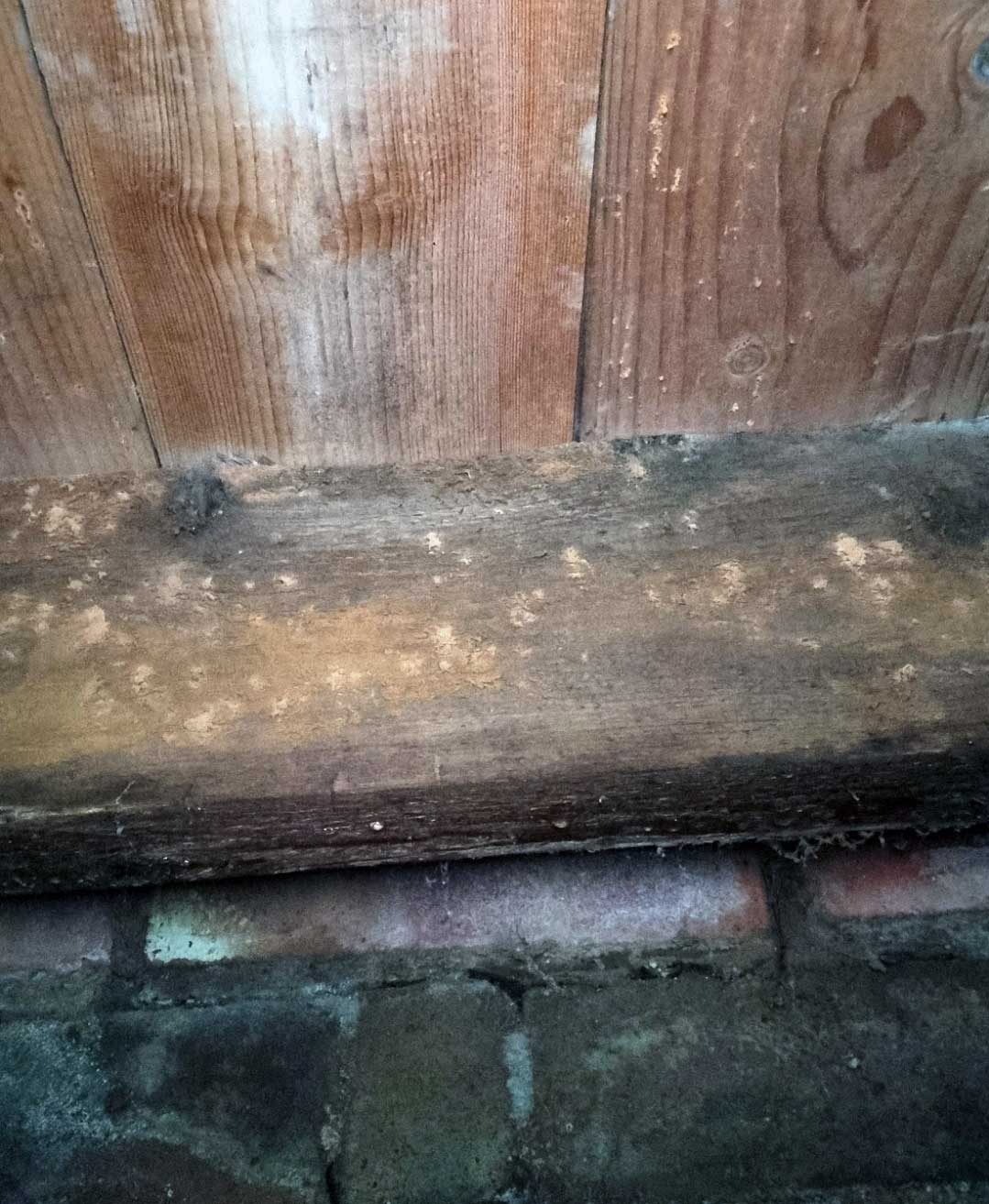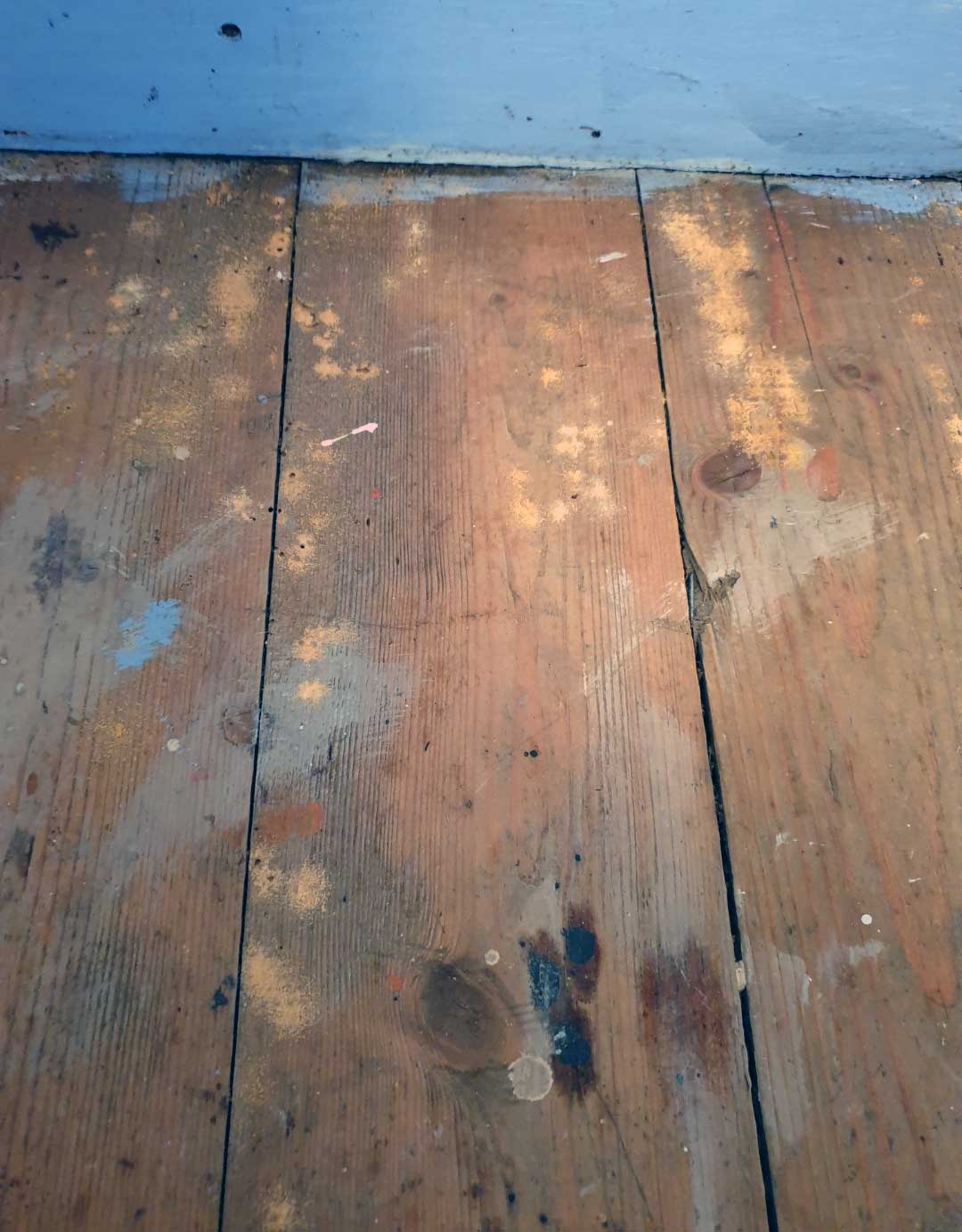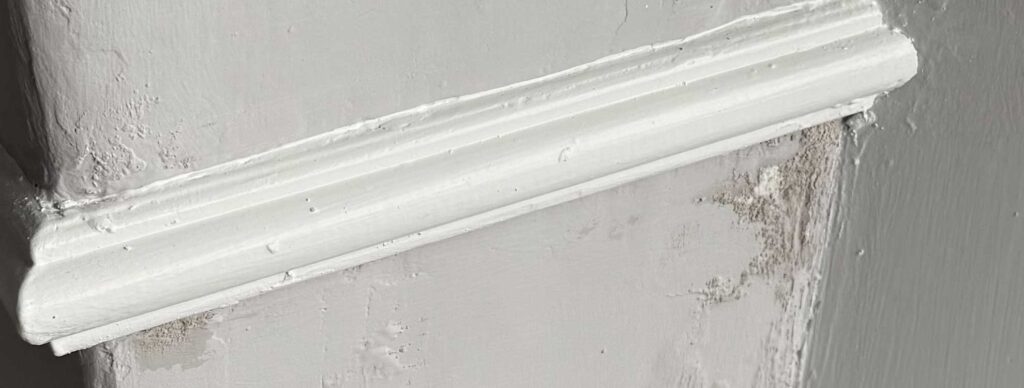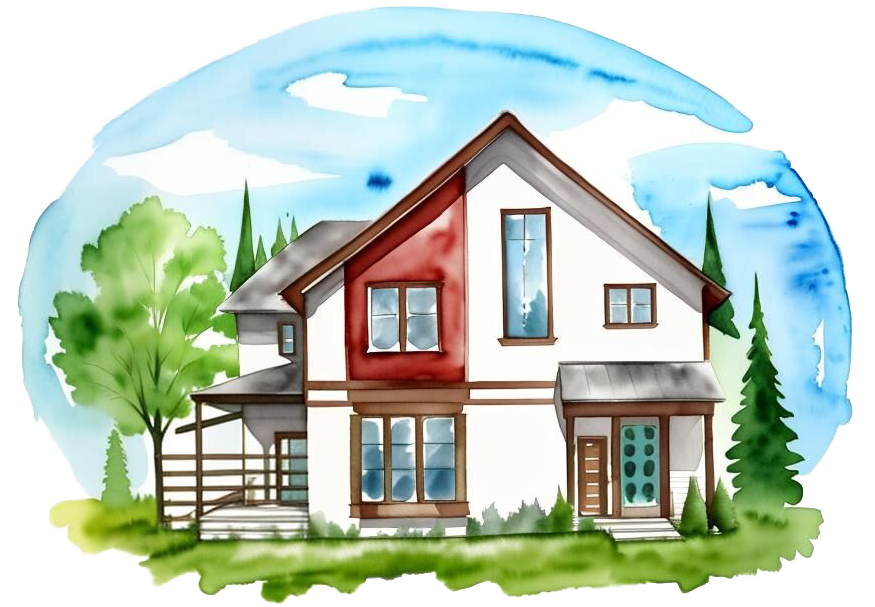During a detailed inspection of a property, we identified noticeable movement in the corners of the lounge floor. This prompted a closer investigation, during which we lifted the carpet and discovered clear signs of an active woodworm infestation in the floorboards.
Further inspection of the floor joists beneath revealed that the infestation had also spread to the structural timbers.

Root Cause
excessive humidity
The root cause of this issue was found to be excessive humidity in the subfloor void. Over recent years, the external ground level along the side of the property had been raised significantly, obstructing the original Victorian air brick vents.
These vents are critical for allowing proper airflow beneath timber floors. Once blocked, moisture levels in the subfloor increase, creating the ideal environment for timber-damaging pests such as woodworm and dry rot.

Our Recommendations
damp & Timber Report
In our report, we strongly recommended the installation of telescopic air vents to restore ventilation to the subfloor void. This is essential to reduce humidity, protect the timber structure, and prevent further deterioration. Additionally, we advised that immediate treatment of the existing woodworm infestation be carried out to preserve the integrity of the flooring system.
Subfloor air vents serve a vital function in properties with timber floors. When they are blocked or compromised, the resulting poor ventilation can lead to significant and costly damage.
A professional Damp and Timber Report helps identify these issues early, ensuring that prospective buyers are fully informed about the condition of the property and any necessary remedial actions.




